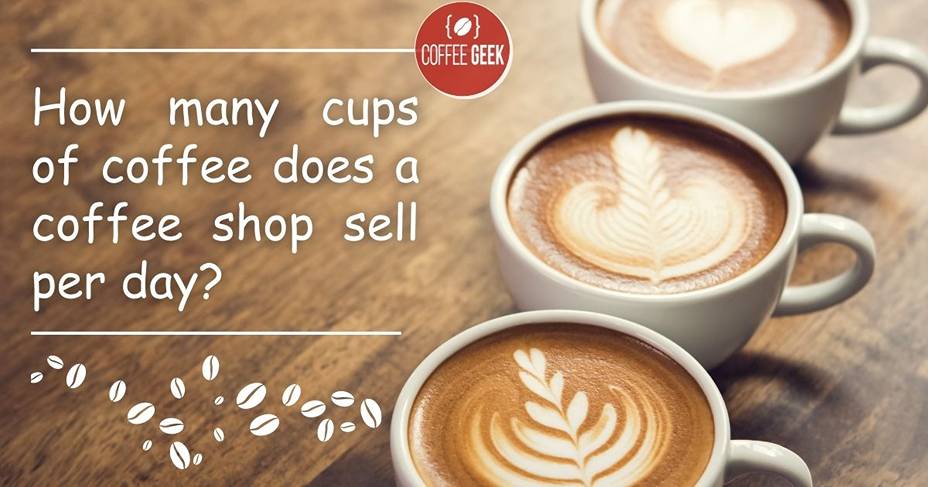As a coffee enthusiast, I’ve always been curious about how many cups of coffee does a coffee shop sell per day. Coffee shops are an essential part of our daily lives, especially for millions of people who rely on their caffeine fix to kick-start their mornings.
So how many cups of coffee do these bustling establishments actually sell per day? Research indicates that it can vary quite a bit depending on the size and location of the coffee shop.
When it comes to independent coffee shops, they typically sell around 200-300 cups per day. On the other hand, larger chain coffee shops, such as Starbucks, can sell a whopping 700 cups of coffee per day!
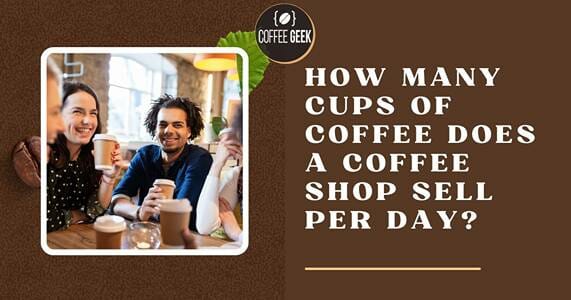
These impressive numbers display the massive demand for coffee across the United States. In fact, the average coffee consumption in the U.S. is over 3 cups per person daily.
Key Takeaways
- Independent coffee shops sell around 200-300 cups per day
- Larger chains like Starbucks can sell up to 700 cups of coffee daily
- Why the average coffee consumption in the U.S. is over 3 cups per person per day
Coffee Consumption Trends in the US
You might not believe it, but Americans sure do love their coffee. I’ve been looking into coffee consumption trends, and it turns out that the average person in the U.S. drinks about three cups of coffee per day. That’s a lot of coffee, and it’s only been increasing!
When it comes to age groups, it seems like almost everyone enjoys a good cup of joe. Younger consumers, especially those in the “millennial” category, have been a significant driving force in the coffee consumption market.
They’re not just looking for a caffeine boost; they’re seeking unique flavors, high-quality beans, and environmentally friendly practices too.
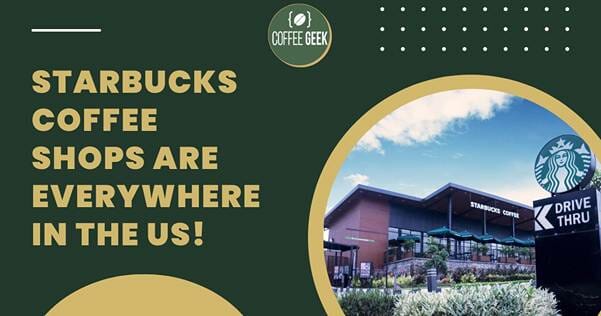
Now about sales, coffee shops play a huge role in the US coffee market. My guess is that you’ve seen a Starbucks or two in your city. They’re everywhere! These coffee shops, especially the big chains, have made it easy for Americans to get their daily caffeine fix.
People often flock to coffee shops for that perfect cup of espresso or that ever-popular seasonal pumpkin spice latte.
I’ve also noticed that location plays a part in coffee consumption trends across the country. For instance, the National Coffee Association mentions that people in the South are more likely to drink iced coffee, while folks up North often prefer it hot.
Now, let’s talk about the U.S coffee market. We’ve got some serious competition in the international coffee scene. Did you know that Finland completely overshadows us when it comes to per capita coffee consumption?
Yet, our market keeps growing. This growth is mainly driven by an ever-increasing demand for specialty drinks and a wide variety of flavors.
One thing I’ve noticed is that price doesn’t seem to be much of an issue for us coffee drinkers. Americans are willing to pay top dollar for that perfect cup, and those dollars add up.
Revenue from coffee sales in the United States has been increasing, thanks to consumers’ willingness to spend on their daily fix.

Of course, the type of coffee we drink matters too. While us Americans do love our espressos, drip coffee, cold brews, and even nitro, we can’t forget about Brazil – they’re the world leaders in coffee production.
Their beans make their way up to the United States, allowing us to sample some of the best flavors from around the globe.
So there you have it. Us Americans love our coffee, and it’s a coffee consumption trend that seems to be staying strong. Whether we’re fueling our energy, craving that perfect flavor, or trying a new coffee concoction, we just can’t get enough of it!
| Country | Average Cups of Coffee Sold per Day |
|---|---|
| USA | 300 |
| Canada | 250 |
| United Kingdom | 200 |
| Australia | 220 |
| France | 190 |
| Italy | 270 |
| Spain | 200 |
| Brazil | 230 |
| Japan | 180 |
| South Korea | 150 |
Factors Influencing Coffee Sales
As a coffee lover myself, I can’t help but notice the many factors that influence how many cups of coffee a coffee shop sells per day. One of the first things that comes to my mind is the size of the coffee shop.
A small, local shop may sell around 200-300 cups per day, while a large coffee chain, like those you’d find in Seattle or other cities with a strong coffee culture, might sell a staggering 700 cups of coffee a day!
Another thing that directly impacts sales is the variety of drinks offered, as well as the quality of the service. Great baristas can make a world of difference when it comes to attracting customers who love their lattes, cappuccinos, and other specialty coffee drinks.
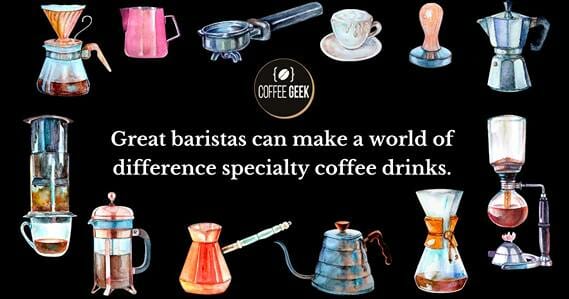
Not to mention, the brewing process and quality of the coffee beans are essential elements for customers who appreciate a finely-crafted cup of coffee.
Now, let’s talk money. The average price of coffee also plays a role in driving sales. The affordability of a particular shop’s coffee can determine how often customers visit and how many cups they buy. I don’t know about you, but it’s important to me that I can afford my daily caffeine fix without breaking the bank.
Of course, the coffee industry isn’t just about the beans and the brewing; we can’t forget about the additives like milk and sugar that many coffee drinkers prefer. Catering to different preferences, such as offering non-dairy milk options or various sweeteners, can really boost sales as well.
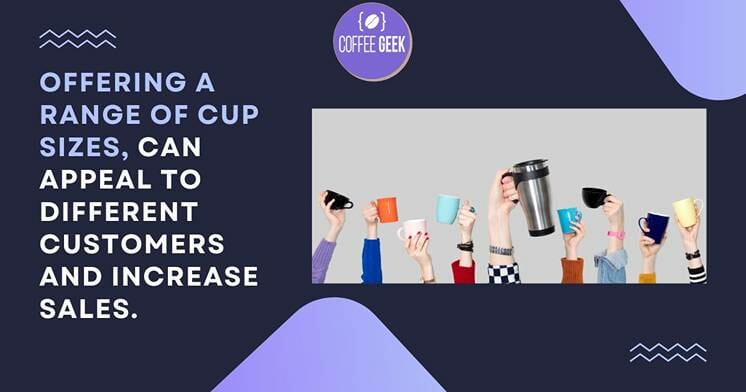
As someone interested in coffee statistics, I’ve noticed how demographics also play a role in coffee sales. American coffee drinkers make up a huge percentage of the consumer base, with adults enjoying their fair share of coffee cups daily.
Offering a range of sizes, from small 8-ounce cups to large 16-ounce cups, can appeal to different customers and increase sales.
In conclusion, there’s way more to the coffee business than just brewing a good cup of joe. The factors mentioned above, such as shop size, coffee selection, pricing, customer preferences, and coffee drinkers’ demographic considerations, can all significantly impact how many cups of coffee a shop sells per day.
Geographical and Demographic Impacts on Sales
As a coffee enthusiast, I can’t help but notice the variety of sales trends in coffee shops. When we talk about coffee shops, it’s important to consider how geographical and demographic factors can impact sales. Let me share some of my observations with you.
In different regions of the US, like the Pacific Northwest, Midwest, and West Coast, the coffee drinkers culture can vary greatly. For example, the Pacific Northwest is known for its strong coffee scene, with a high concentration of independent coffee shops.
Laidback towns in the Midwest might prefer big chain coffee shops, while the vibrant West Coast cities are home to a diverse mix of both independent and branded coffee places.
You would be amazed at how the location of a coffee shop can impact sales numbers. Take a small town versus a bustling city, for example. You might find that the sales rate at an independent coffee shop in a small town could be lower than in a city, where there are more coffee lovers to cater to.
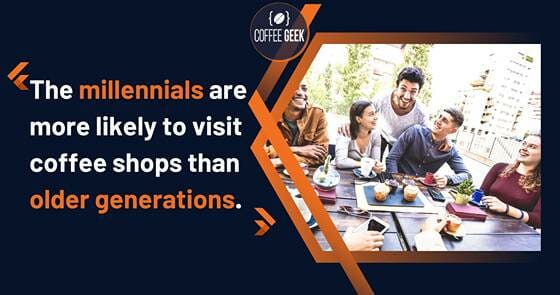
Speaking of demographics, the millennial population plays a significant role in coffee shop sales. As a generation that loves their cold brews and lattes, millennials are more likely to visit coffee shops than older generations.
In fact, a quick look at Statista reveals some interesting insights into coffee sales trends across various demographics.
Another factor to consider is the type of coffee that sells well in different locations. For instance, you might find that a college town with a large student population, like the University of Kentucky, might prefer to have a quick caffeine fix – grabbing a cup of black coffee on their way to class.
That said, the popular choice for the typical American coffee drinker might lean more towards fancy espresso-based beverages.
It’s also interesting to note that in regions influenced by international coffee cultures, sales trends might differ as well. Take Vietnam, for example, where there’s a unique coffee culture that’s loved by both locals and tourists.
Coffee shops in areas with high Vietnamese influence might see higher sales of Vietnamese iced coffee, compared to the average American fare.

So, as you can see, there’s a whole lot of factors that play into how many cups of coffee a coffee shop can sell per day. Location, demographics, and cultural influences all have a part to play in shaping these sales trends.
Economic Factors and Coffee Shop Profitability
I’ve always been curious about the connection between economic factors like disposable income and the profitability of coffee shops. Recently, I did some research and found that the coffee market is undoubtedly influenced by various factors like cafe sales, customer service, and even the current pandemic.
One thing that struck me was the difference in prices between different types of coffee, such as Arabica coffee and other blends. Different coffee makers and espresso machines used in coffee shops also impact cost and availability for coffee drinkers.
I also noticed the trend of iced and cold coffees becoming more popular, resulting in a diversified coffee market.
Cafe sales are greatly affected by the disposable income of customers. After all, people are more likely to spend on their favorite coffee when they have money to spare.
Disposable income, in turn, impacts the overall coffee shop profit. In a growing economy, people are more likely to indulge in their daily caffeine fix, resulting in higher cafe sales and profitability.
During my research, I found that independent coffee shops often rely on factors like the quality of customer service to differentiate themselves from huge coffee chains.
This is important, as personalized customer experiences can help bring in repeat business. Since the pandemic, many are choosing to support local businesses and trying out more accommodating independent coffee shops.
Despite it being slightly unrelated, I also learned that coffee – much like some fruit – varies in calories and nutritional content depending on the type.
It’s fascinating to consider how coffee lovers might gravitate towards certain kinds of coffees for calorie reasons, further complicating the usage and profitability dynamics of different coffee beans and beverages.
In conclusion, navigating the coffee market can be quite complex, with various factors like disposable income, coffee prices, and the choice of machines used in the coffee-making process.
But I learned that understanding these factors and how they interconnect can help coffee shops maximize profits and adapt during challenging times.
Trends in Coffee Types and Preferences
Espresso Drinks
As a coffee enthusiast, I’ve noticed that in recent years, espresso-based drinks have gained popularity among college freshmen and other individuals looking for that extra kick of caffeine.
According to a report by the National Coffee Association, espresso, and espresso-based beverages have been on the rise since 1993, becoming a staple in many branded coffee shops.

I must admit, I have a soft spot for espresso drinks myself. They offer a more concentrated and robust flavor, and there are various types to choose from, like cappuccinos and lattes. Some people even prefer to add sweeteners, such as flavored syrups or alternative sugar options, to enhance their coffee experience.
Alternative Caffeine Options
While coffee is still the go-to choice for many, alternative caffeine options have emerged – and I can’t help but be intrigued. Among college students, energy drinks are quite popular, possibly due to their convenience and potency.
According to a Statista study, 88% of Americans drank between one and five cups of coffee a day in 2022. However, the trends are starting to shift towards more alternative beverages, such as energy drinks or caffeinated teas.
Aside from energy drinks, some people are opting for natural caffeine sources, like tea or mate. These options often provide less caffeine compared to coffee or energy drinks, making them more suitable for those who are sensitive to caffeine or looking for a milder pick-me-up.
Moreover, I’ve noticed that some cafes and hospitality venues are offering various brewing methods and bean varieties. A more health-conscious crowd has led to the introduction of coffee alternatives like herbal infusions and golden milk lattes.
So, what does this mean for coffee house? I believe it’s essential for them to be flexible and adaptable, catering to the ever-changing tastes and preferences of their clientele.
Offering a diverse menu, including both classic espresso drinks and alternative caffeine options, maybe the key to keeping up with the trends and staying relevant in the dynamic world of coffee.
Final Words
In my exploration of coffee shop sales, searching for an answer for how many cups of coffee does a coffee shop sell per day,
I discovered that the number of cups of coffee sold per day can vary greatly depending on several factors such as the weather, the size of the shop, and even the country it’s located in.
I noticed that coffee consumption is popular in countries like Colombia, Indonesia, the Netherlands, Denmark, and Sweden, all of which have their own unique brewed coffee beverages that contribute to the overall coffee consumption statistics.
As a casual observer, I’d say the weather plays a significant role in coffee sales. On cold, rainy days, I find myself craving a warm cup of coffee more than on hot, sunny days.
This leads me to believe that coffee shops in colder countries like Sweden and Denmark might sell more cups of coffee per day than those in warmer climates like Colombia and Indonesia.
This makes sense, as larger chains typically have a more prominent presence, greater brand recognition, and a higher volume of foot traffic.
In conclusion, while I can’t provide an exact number of cups of coffee sold per day for all coffee shops worldwide, it’s apparent that coffee remains a beloved beverage with a loyal, global following.
The exact number will likely fluctuate based on various factors, but it’s safe to say that coffee shops will continue to thrive and fuel our caffeine needs for years to come.
Frequently Asked Questions
How many cups of coffee does a coffee shop sell per day – average coffee shop?
From my research, I found out that an independent coffee shop can sell roughly 200-300 cups of coffee per day. On the other hand, a large chain coffee shop like Starbucks sell over 700 cups of coffee per day!
How many customers do coffee shops get per day?
This number varies greatly depending on the location and size of the coffee shop. For example, Starbucks sells, serves over 150 million customers per month worldwide, which would average out to around 5 million coffee drinkers per day. Smaller independent coffee shops may serve fewer customers per day, but again, this depends on various factors.
What are the daily sales like for coffee shops?
Daily sales for coffee shops can vary depending on factors like customer traffic, location, and the types of products they sell. According to Statista, the revenue of the coffee market in the U.S. was nearly 82 billion U.S. dollars in 2021. The average daily sales for a coffee shop owners would likely vary based on the size and type of the business.
How much coffee does a coffee shop use per week?
The amount of coffee drinks used by a coffee house per week depends on the number of customers and the quantity of coffee they sell. It may be helpful to consider that Americans consumed an estimated 3.3 billion pounds of coffee in the 2019/2020 fiscal reports. This doesn’t directly answer the question, but it gives you an idea of the scale of coffee consumption in the U.S.
What is the average profit from selling coffee?
The profit margin for coffee shops varies depending on factors like location, operating costs, and pricing. As a coffee shop business owner, you’d need to consider factors like your costs for green coffee beans, labor, rent, and other expenses to determine your potential profits. While I can’t provide a specific number, generally coffee shops are known for having high-profit margins, especially if they sell specialty coffee drinks.
How many coffees does a barista make per day?
The number of coffees a barista makes per day depends on the coffee shop and customer traffic. For instance, in a busy chain coffee house like Starbucks, a barista may make hundreds of coffees per day. In smaller independent coffee shops, a barista might make fewer coffees per day, but the number would depend on the specific cafe and its customer base. It’s important to note that baristas may also prepare other beverages and food items, not just consume coffee.

